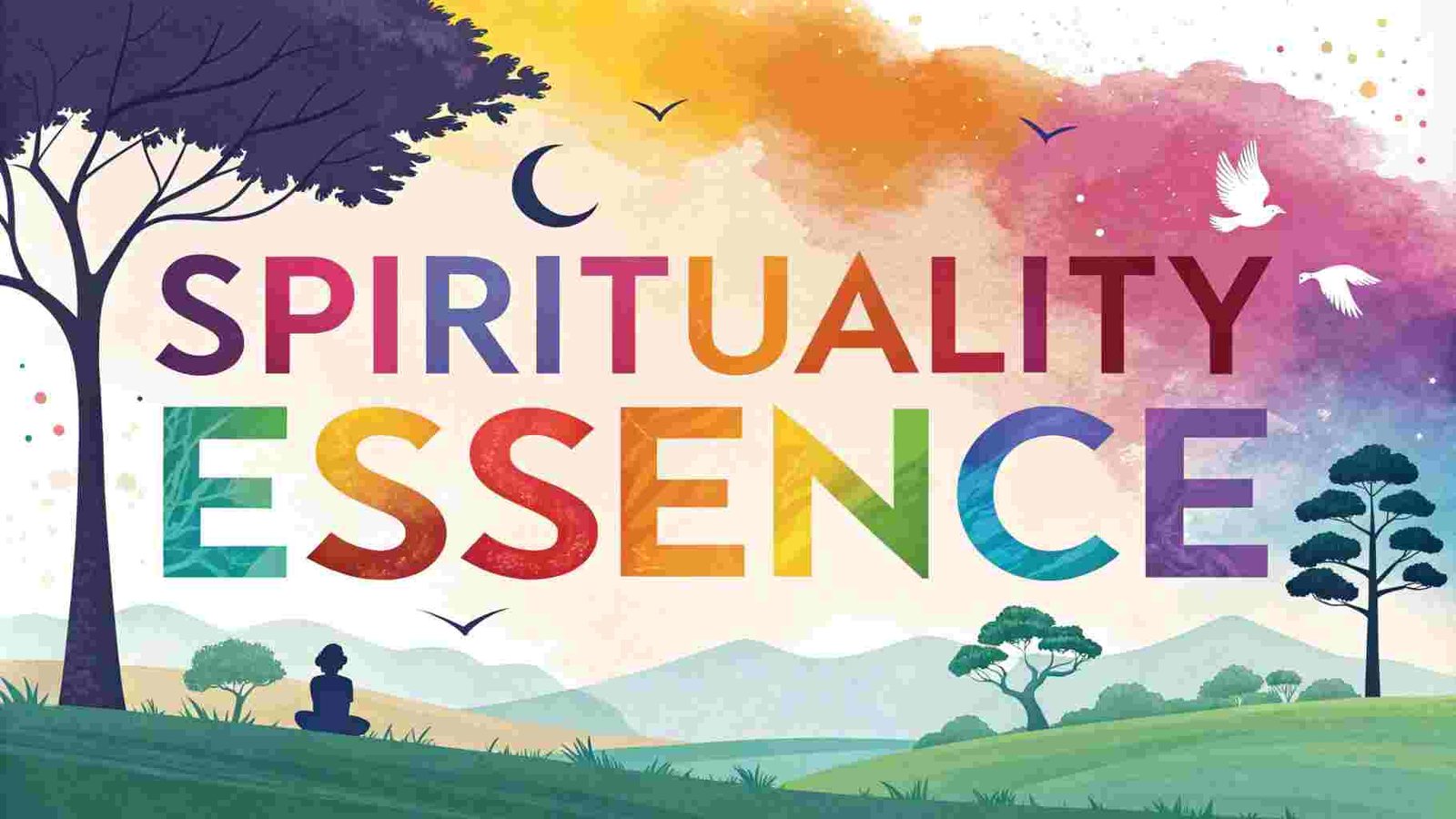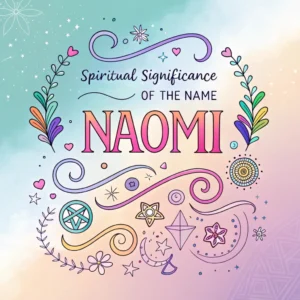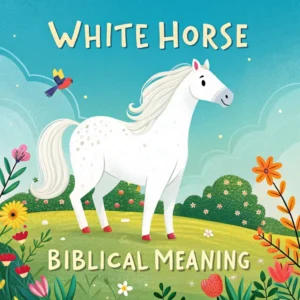As you explore the natural world, you'll notice a common thread among certain animals: they embody the qualities of hope. From the robin's triumphant song to the butterfly's transformative journey, these creatures remind us that renewal and resilience are always within reach. You may be familiar with the phoenix, a mythical symbol of rebirth, but what about the humble animals that inspire hope in our everyday lives? Take a closer look at the creatures that surround you – you might be surprised by the symbolism and stories they hold, and how they can inspire a deeper sense of hope within you.
In a Nutshell
- Animals like robins, butterflies, and the phoenix symbolize hope and renewal through their life cycles and transformations.
- Dogs, horses, and eagles represent hope through their strength, freedom, and loyalty, offering emotional support and inspiration.
- Dolphins, hummingbirds, and wolves embody hope through their resilience, community, and adaptability in the face of challenges.
- The dove, turtle, and ladybug are considered symbols of good fortune and protection, bringing peace, harmony, and balance to ecosystems.
- These animals inspire hope by reminding us of the beauty, strength, and diversity of nature, and our connection to the natural world.
The Robin: A Symbol of Renewal
When robins return to their breeding grounds, they signal the start of a new cycle of life. Their bright, cheerful songs fill the air, announcing the arrival of warmer weather and longer days.
The robin's ability to thrive in a variety of environments makes it a versatile and inspiring creature.
The robin's symbolism extends beyond its arrival in spring. In many cultures, the robin is seen as a messenger of hope and renewal, representing the idea that even in the darkest times, there's always the possibility for new beginnings and growth.
Butterflies Represent Transformation
The cyclical nature of life and the promise of new beginnings, symbolized by the robin, is also reflected in the transformation of butterflies.
You witness this transformation firsthand when a caterpillar undergoes butterfly metamorphosis, a process of radical change that ultimately gives rise to a beautiful, flying creature. This transformation is a powerful symbol of hope, as it reminds you that even in the darkest moments, change is possible.
The butterfly's transformation is a gradual process that requires patience, perseverance, and trust in the natural order of things.
As you reflect on the butterfly's transformation, you may find that it resonates with your own experiences of hope and transformation.
You may have faced challenges that seemed insurmountable, but with time and effort, you emerged stronger and more resilient.
The butterfly's transformation reminds you that hope isn't just a feeling, but a process of growth and change that can lead to profound transformation.
The Phoenix: A Mythical Symbol
Emerging from ancient mythologies, the phoenix has long fascinated humans with its symbolic associations and cyclical rebirth.
As a mythical creature, the phoenix represents hope and resilience through its unique life cycle. Born from its own ashes, it undergoes a fiery transformation, which symbolizes spiritual growth and renewal.
The phoenix has significant cultural and spiritual symbolism across various societies. You can see its representations in:
- *Ancient tales and literature*: The phoenix is featured in numerous ancient stories, such as in Greek and Chinese mythologies, where it's often associated with the sun and fire.
- *Artistic representations*: The phoenix has been depicted in various art forms, including paintings, sculptures, and architecture, showcasing its beauty and symbolic significance.
- *Modern interpretations and literary references*: In modern times, the phoenix has been referenced in literature, film, and music, often representing hope, transformation, and rebirth.
The phoenix's mythical rebirth and fire transformation have captivated human imagination, giving it a special place in our collective cultural heritage.
Its symbolism continues to inspire and represent hope in the face of adversity, reminding you of the cyclical nature of life and the possibility of transformation and renewal.
Dogs and Unwavering Loyalty
Dogs, with their unwavering loyalty and ability to form strong emotional bonds, have long been revered as a symbol of hope and companionship. You've likely experienced this unique canine companionship firsthand, whether through a personal pet or a service dog.
The loyalty bonds formed between humans and dogs can be incredibly powerful, transcending the boundaries of species. Studies have shown that the oxytocin levels, often referred to as the "love hormone," increase in both humans and dogs during interactions, further solidifying the emotional connection.
The loyalty exhibited by dogs can also serve as a catalyst for hope in times of need. Trained therapy dogs and service animals have been known to provide comfort and support to individuals facing physical or mental health challenges.
The Dove: A Universal Symbol
The dove's symbolism can be broken down into the following key aspects:
- Peace and reconciliation: In many cultures, the dove is seen as a symbol of peace, often associated with the end of conflict or a new beginning.
- New beginnings: The dove's ability to start anew is also reflected in its symbolism, representing hope and renewal in the face of adversity.
- Divine intervention: In some cultures, the dove is seen as a messenger of the divine, bringing hope and guidance to those in need.
You may have noticed that the dove's symbolism is often associated with its gentle nature and peaceful coexistence with other animals.
As a peace messenger, the dove represents a longing for harmony and understanding, making it a powerful symbol of hope across cultures and centuries.
Symbolism of the Hummingbird
Several cultures around the world recognize the hummingbird as a symbol of hope, resilience, and joy. You may be wondering why this tiny bird has such a profound impact on human culture. One reason is its remarkable ability to thrive in adversity.
Despite its small size, the hummingbird can fly backwards, upside down, and even hover in mid-air, demonstrating its remarkable agility. This unique ability to adapt and overcome challenges makes the hummingbird a powerful symbol of hope.
The hummingbird's vibrant plumage and iridescent feathers also evoke feelings of joy and wonder. Its rapid wing movement, which can reach up to 80 times per second, creates a shimmering effect that's both mesmerizing and uplifting.
As you observe the hummingbird's antics, you can't help but feel a sense of delight and awe. This is why the hummingbird is often associated with the concept of "hummingbird joy," which refers to the experience of finding happiness and positivity in life's challenges.
Horses Represent Freedom
You're likely familiar with the idea that horses symbolize power, strength, and beauty, but did you know they're also often associated with freedom? This connection is deeply rooted in the equine spirit, which represents a desire for liberation and the open range.
When you think of horses, you might imagine galloping freedom, unbridled and unrestricted.
Horses have been a symbol of freedom across various cultures and historical periods. Here are three ways they represent this concept:
- Unbridled movement: Horses are known for their speed and agility, which symbolize the freedom to move and roam without constraint.
- Wild and untamed: Feral horses, in particular, represent a state of being untamed and uncontrolled, embodying the idea of freedom from external constraints.
- Spiritual liberation: In some cultures, horses are associated with spiritual freedom, representing a connection to the divine and a sense of transcendence.
The horse's association with freedom is a powerful reminder of our own desires for liberation and self-expression.
The Power of Dolphins
Dolphins have long been revered for their remarkable intelligence, social behavior, and adaptable nature, making them a symbol of hope in various cultures. You may wonder what contributes to their intelligent reputation. One key factor is their advanced brain structure, which allows for complex problem-solving and learning abilities. Their brain-to-body mass ratio is similar to that of humans, indicating a high level of cognitive function.
Dolphin intelligence is also demonstrated through their sophisticated communication skills. They use a variety of clicks, whistles, and body language to convey information and coordinate with each other. This complex communication system enables them to work together to hunt, protect their young, and even help other animals in distress.
You'll notice that their social behavior is built on trust, cooperation, and empathy, qualities that we often aim for in our own communities.
As you learn more about dolphins, you'll discover that their hopeful symbolism is rooted in their remarkable abilities and social nature. By studying these intelligent creatures, you can gain a deeper appreciation for the importance of community, cooperation, and resilience.
The Symbolic Meaning of Swans
While exploring animals that symbolize hope, it's natural to contemplate creatures that exhibit elegance and serenity. Among these creatures, swans stand out for their majestic appearance and gentle nature.
Swans and grace are often synonymous, as their fluid movements evoke a sense of tranquility and poise.
In various cultures, swans have been imbued with symbolic meanings that convey hope and positivity. Here are three key aspects of swans in mythology:
- Renewal and Rebirth: In ancient Greek mythology, the swan was associated with Apollo, the god of the sun, music, poetry, and prophecy. This connection symbolizes the swan's ability to transform and renew itself, much like the cyclical nature of life.
- Fidelity and Devotion: Swans are known for their monogamous relationships, which have led to their association with fidelity and devotion in many cultures. This aspect of swan behavior inspires hope for long-lasting and committed relationships.
- Spiritual Growth: In some spiritual traditions, the swan represents spiritual growth and enlightenment. Its ability to navigate both water and air symbolizes the balance between the physical and spiritual domains, offering a powerful symbol of hope for personal transformation.
Rabbits and Abundance
From a cultural perspective, rabbits embody abundance and fertility, reflecting their prolific breeding habits and adaptability to various environments. You might be familiar with the idea of rabbits as springtime symbols, often associated with new life and growth.
But their significance extends beyond these associations. Rabbits' high fertility rates make them a representation of rabbit fertility, which, in turn, is linked to abundant harvests and the idea of nature's bounty.
As playful companions and community builders, rabbits also represent the joys of social interaction and the importance of nurturing instincts. Their soft fur and gentle nature make them a beloved animal, often sought as pets.
But rabbits are more than just endearing creatures – they're also agile creatures that thrive in various environments, making them valuable environmental indicators.
The Inspirational Story of Turtles
1. Ancient Myths and Symbolism: In many cultures, turtles are considered sacred animals, symbolizing hope, protection, and good fortune.
For example, in ancient Greek mythology, the turtle was associated with the goddess Aphrodite, representing love and beauty.
2. Conservation Efforts: Unfortunately, many turtle species are threatened due to habitat destruction, pollution, and hunting.
As a result, turtle conservation efforts have become increasingly important to protect these incredible creatures and their habitats.
3. Ecological Balance: Turtles play a crucial role in maintaining ecological balance in their environments.
They help to control aquatic vegetation, maintain water quality, and serve as a food source for other animals, highlighting the importance of preserving these incredible animals.
The Eagle: A Bird of Courage
The eagle, an apex predator and a symbol of power, has long been revered as a bird of courage in many cultures. You may have noticed that eagles aren't easily intimidated, and this fearlessness is deeply rooted in their nature. With an eagle's vision of up to 8 times stronger than humans', they're able to spot prey from afar and dive down with precision, showcasing their courageous flight.
As you watch an eagle soaring high in the sky, you can't help but feel a sense of awe at its majesty. Eagles embody strength in adversity, and their ability to thrive in harsh environments has made them a symbol of resilience.
In many cultures, eagles hold spiritual significance, representing freedom, courage, and wisdom. They're also national symbols in several countries, including the United States and Mexico.
However, due to habitat loss and other human activities, eagle populations are declining, emphasizing the need for conservation efforts. By protecting these majestic birds, you're helping to preserve the hope and inspiration they bring to people around the world.
The Hopeful Symbolism of Ladybugs
In many societies, ladybugs are considered a positive omen, signaling good fortune and prosperity. Their significance extends beyond cultural mythology, as they play an essential role in maintaining ecological balance in gardens and agricultural fields.
As a natural predator of aphids and other pests, ladybugs contribute to the health and resilience of ecosystems.
Here are three ways ladybugs embody hope and symbolism:
- Garden Symbolism: Ladybugs are often associated with gardens, representing growth, renewal, and abundance.
- Cultural Significance: In many cultures, ladybugs are seen as a symbol of good luck, prosperity, and happiness.
- Personal Stories: For many people, ladybugs evoke childhood memories of playing in gardens and fields, fostering a sense of wonder and connection to nature.
Ladybugs' seasonal appearance and importance in ecosystems serve as a reminder of the interconnectedness of life and the beauty of nature.
The Resilience of Wolves
Living in harmony with their surroundings, wolves exemplify resilience in the face of adversity. You can observe this in their social structure, where wolf packs thrive on cooperation and communication.
Each member plays an essential role, from hunting to pup-rearing, ensuring the pack's survival instincts are honed. This social hierarchy allows them to adapt to environmental changes and navigate complex predator relationships.
Wolves also hold significant mythological and cultural symbolism, representing perseverance and community. Their adaptability traits enable them to inhabit diverse ecosystems, from forests to tundras, making them a keystone species.
As apex predators, they regulate prey populations, maintaining the balance of their ecosystems. This environmental impact is critical for maintaining biodiversity.
FAQs
Can Any Animal Symbolize Hope in Different Cultures?
You'll find that various creatures can symbolize hope across different cultures, as they often carry unique cultural significance, representing resilience and optimism, and are perceived as hopeful creatures that inspire and uplift people worldwide.
Are There Any Aquatic Animals That Symbolize Hope?
You're exploring aquatic animals that symbolize hope. Dolphins are known for their intelligence and social behavior, signifying hope and harmony in many cultures. Similarly, sea turtles' symbolism often represents resilience and hope for a better future.
Can Hope Be Symbolized by More Than One Animal per Culture?
You'll find that cultural interpretations often associate multiple animals with a single concept, like hope, as seen in various mythologies where animals and symbolism intersect, reflecting a culture's diverse and multifaceted values and beliefs.
Are There Animals That Symbolize Both Hope and Despair?
You'll find that certain creatures can embody paradoxical meanings, symbolizing both hope and despair. These hopeful creatures, like the phoenix, can also be seen as despairing beings, representing the cyclical nature of existence and emotions.
Do Extinct Animals Still Symbolize Hope in Modern Times?
You may think extinct species lose cultural relevance, but they can still symbolize hope in modern times, serving as cautionary tales or reminders of conservation efforts, their legacy continuing to inspire and educate you.

Hello, I’m Zephyra, your guide at SpiritualityEssence.com. I’m passionate about uncovering life’s mysteries and sharing transformative insights. Let’s explore mindfulness, ancient rituals, and the path to a more awakened life together. Join me on this spiritual journey!












